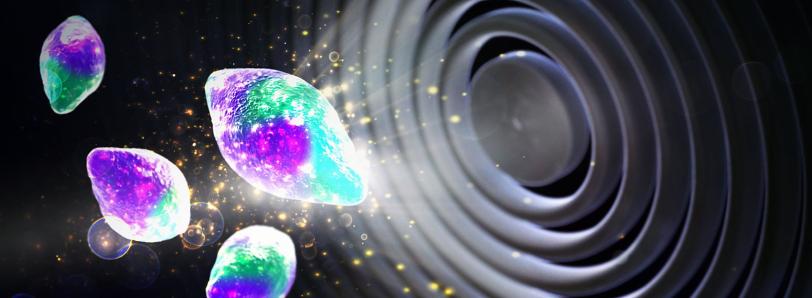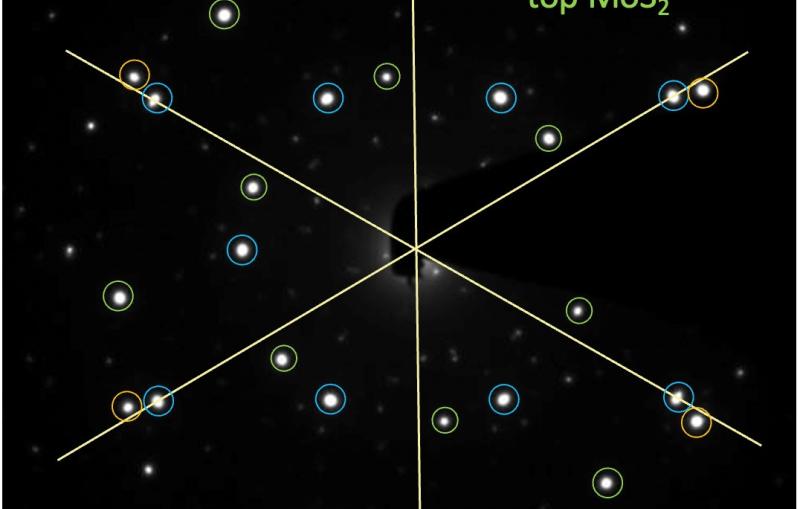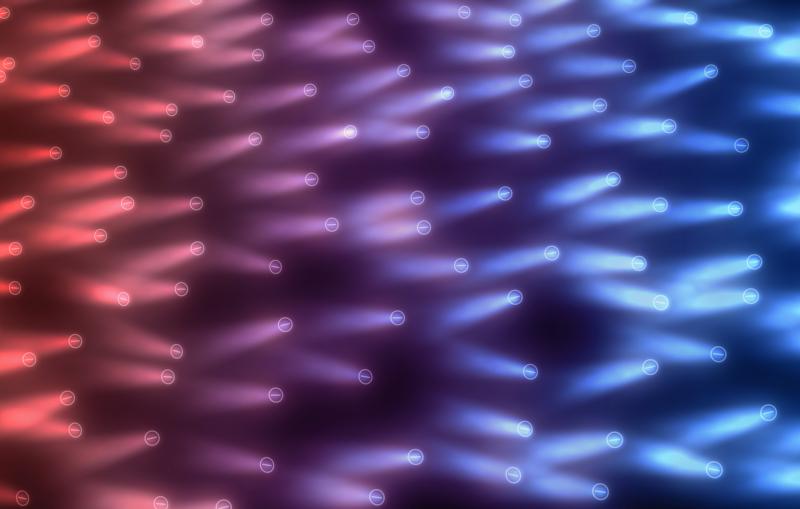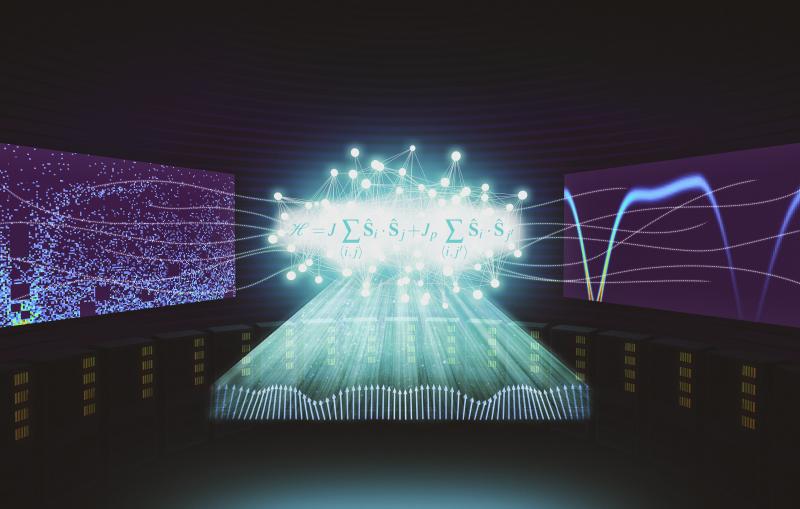August 4, 2016
Stanford, SLAC Team Reveals Nanoscale Secrets of Rechargeable Batteries
An interdisciplinary team has developed a way to track how particles charge and discharge at the nanoscale, an advance that will lead to better batteries for all sorts of mobile applications.

Dig Deeper





